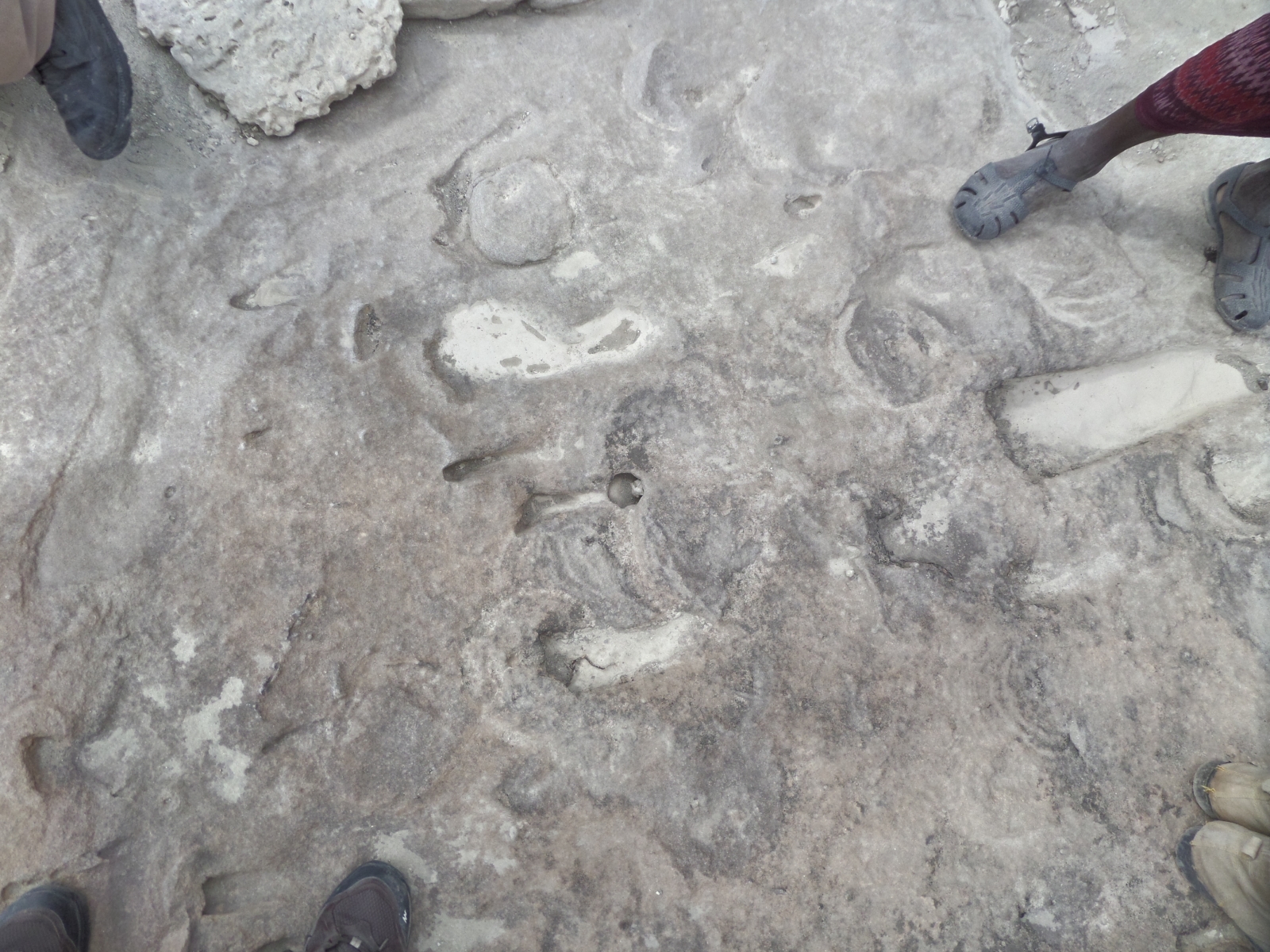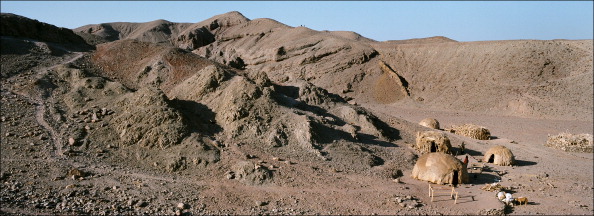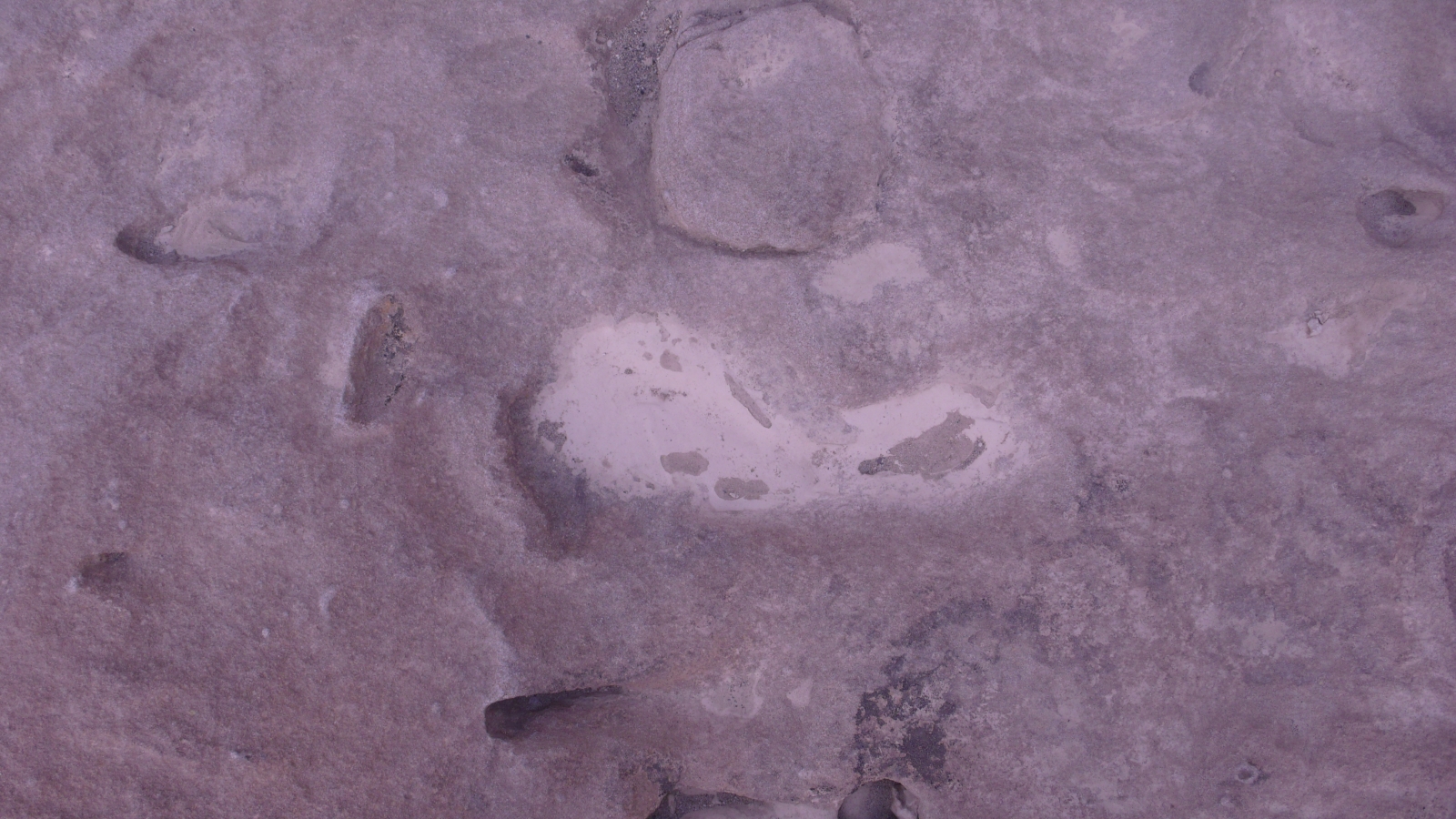Analysis by Reinhardt Jacobsen *
BRUSSELS (IDN) - While UN Secretary-General Ban Ki-moon has urged both Ethiopia and Eritrea to exercise “maximum restraint and refrain from any act or statement that could exacerbate the situation”, reports gathered by IDN from several independent sources close to the border between the two countries and in Eritrea, underscore the grave risks the armed conflict between the two East African countries entails.
Diverse sources claim that border skirmishes are ongoing unabated and that “war logic” is gripping both sides – with Eritrean and Ethiopian leaders putting on their “war masks”.
Against this backdrop, President Isaias Afwerki is reported to have sent a letter to Algerian President Abdelaziz Bouteflika reminding of his government’s role as an intermediary of the Algiers Agreement of December 12, 2000. According to Tigrinya language newsgroup Medrek, Afwerki is also asking him to help lobby the international community on behalf of the Eritrean government.
Reports gathered by IDN do not rule out the possibility of a full-scale war unless the European Union and its counterpart, the African Union, join the United Nations in taking necessary steps to de-escalate the situation.
The saving grace, according to political observers, might turn out to be Ethiopia’s (uncontested) election on June 28 to the seat reserved for African states as a non-permanent member of the UN Security Council for 2017-18.
African Union Commission chairwoman Nkosazana Dlamini-Zuma urged in a statement on June 14 that the Horn of Africa nations should “refrain from any statement and action likely to aggravate the situation”.
The Chairperson of the Commission of the African Union (AU), Dr. Nkosazana Dlamini-Zuma, expressed deep concern over reports of border clashes between Ethiopia and Eritrea in the Tsorona border area. She called upon the two countries to exercise utmost restraint and to refrain from any statement and action likely to aggravate the situation and further endanger regional stability.
The AU Commission Chair underlined that the two countries can resolve their differences and lay the foundation for lasting peace between them only through the recourse to peaceful means. She noted with regret that 16 years after the signing, under the AU auspices, of the Algiers Peace Agreement, the peace process between Ethiopia and Eritrea remains stalled.
In this respect, and in line with the relevant pronouncements made by the Assembly of Heads of State and Government over the past years, she reiterated the AU's readiness to assist the parties address the challenges at hand and normalize their relations.
Meanwhile, discussions continue as to who fired the first shot in the ongoing border skirmishes. Several sources told IDN that it was Eritrea. These sources said that on June 11, a group of young refugees tried to cross the border to Ethiopia near the Tsorona area.
Eritrean military intelligence units tried to stop them by opening fire. Some of the young refugees were instantly killed, while most manged to escape and reached Ethiopian territory. The Eritrean military intelligence units in the area decided to chase them and started using heavier rocket-propelled grenades (RPGs) and mortars. Seeing that the Eritrean units were firing towards Ethiopian territory, Ethiopian military intelligence units in the area responded by firing back.
The skirmishes began at 12:45am and continued up to 3.45am on June 11. Most of the forces were local military intelligence units from both sides. Civilians in the area, who were displaced by the incident, and the militaries of both countries sustained heavy human losses.
Sources said this bout of skirmishes was a surprise to both governments. The only reason these occurred, they said, are the renewed and strict orders to shoot-and-kill all refugees trying to cross into Ethiopia. These shoot-to-kill orders coincided with the European Union’s financial deal with the Eritrean regime.
June 11-13 incidents which could have escalated into a full scale war are a direct result of the deal, sources said. The Eritrean government did not think that the war it had opened on its own youth would grow in to a bigger war, the sources added.
This fairly detailed account of how the clashes erupted between Eritrean Defence Forces and the Ethiopian army near Adi Mesgene, Akhran, Knin and Qnito in the early hours of Saturday, June 11, is confirmed in an article by the Tigrinya channel Medrek released on June 12.
IDN sources said the Eritrean government has for some time been notifying its forces that Ethiopia was planning to “invade” Eritrea. Analysts from inside Eritrea believe that both governments might try to exploit the recent report of the UN Commission of Inquiry on Human Rights in Eritrea (COIE) to re-ignite the conflict.
Although sudden clashes are very common on the Eritrean-Ethiopian border, recent skirmishes are the first of their kind that the Eritrean government has acknowledged in more than a decade.
The Eritrean group Arbi Harnet (Freedom Friday) also provided a reconstruction of events on the website Asmarino on June 18.
According to Freedom Friday activists in Asmara, residents of the capital continue to dismiss the recent exchanges of fire between Ethiopia and Eritrea as a mere attempt by the regime to distract attention from the UN report uncovering “crimes against humanity”, whilst reports from Eritreans in the border region highlight a worrying trend of civilian casualties.
Arbi Harnet activists, who have tried to establish the number of Eritrean casualties from June11-12 heavy fighting between Ethiopia and Eritrea, report that hospitals across the country have been receiving ‘casualties’ but it is difficult to ascertain the extent of the damage.
Activists said: Those who were wounded in the recent fighting on Tsorona front were taken to Dekemhare hospital, Halibet hospital [in Asmara] and Keren and Glass military hospital. However, efforts to ascertain numbers and identity of the casualties have not been successful due to a strict information embargo.
Meanwhile residents of Hazemo near the Tsorona front have reported that the Eritrean army heavily shelled Eritrean villages during the weekend of fighting. “Given that there is a 25 Km buffer zone, inside Eritrea incorporating many villages within this zone, it is likely that these villages might have been shelled from both sides increasing the likelihood of civilians being caught up in the crossfire.”
One Hazemo resident confirmed that “the Eritrean army frontline is located far from the border and there are many Eritrean villages and civilians between the front and the border, hence many houses were burnt and civilians killed and wounded”.
The Eritrean government has not rejected the details of how the shooting started. In a press release on June 17, the government stated:
”Eritrea is appalled by the statement of UN Secretary General, Mr. Ban-ki Moon, on the TPLF attack against Eritrea on the Tsorona Front. The facts of the matter are fully known to the Secretary General. In the circumstances, we find the statement that apportions equal blame to the victim and the aggressor and calls on ‘both sides to show restraint’ untenable.”
A more elaborate view from the perspective of the Eritrean government was reported by eritreadigest, which quoted President Esayas Afewerki as stating that “Ethiopia intends to use the report of the Commission of Inquiry on Human Rights in Eritrea (COIE), due to the Human Rights Council this month (June), as a pretext to wage war.”
The report added: “He went on to say that the entire plot is hatched in Washington, DC, which has given Ethiopia the green light to attack. We should defend our sovereignty by any means necessary, he said, and gave instructions to mobilize all able-bodied men.”
Another view is that Eritrea itself staged the clashes in the border region to divert attention from the findings of the UN Commission of Inquiry, and demands that Eritrea be put on trial before the International Criminal Court.
“The question of whether the shoot-to-kill policy of Eritrea against Eritrean citizens is still in place should be investigated. Should such reports turn out to be true,” said Prof. Mirjam van Reisen, a well-known expert on the Horn of Africa and founding director of EEPA – Europe External Policy Advisors, “these would reaffirm the callousness of the Eritrean regime, which has been accused of ‘crimes against humanity’ by the UN Commission.”
Van Reisen finds it unthinkable that the EU would not support the conclusion of COIE that the matter be referred to The Hague. After all, The Netherlands holds the current EU Presidency and is committed to defending the reputation of The Hague International City of Peace and Justice, also in its bid to be elected as non-permanent member in the UN Security Council. “This is the time to show this ambition.”
Van Reisen warned that any attempt to undermine the COIE “will damage the international order of justice and human rights and will undermine the authority of the international community”.
She said in order to protect peace at the border an international Observer Mission is required, backed up by a peace mission of the AU. “Stability in the region can only come if the International Border Demarcation Agreement is implemented – and this requires a round table to which both countries agree under international observation,” added van Reisen.
* Reinhardt Jacobsen is the group name of journalists who contributed to this analysis. [IDN-InDepthNews – 19 June 2016]







 ኣብ ዝተፈላለዩ ከባቢታት ኣዲስ ኣበባ ነቶም ኣብዚ ቀረባ ግዜ ኣብ ባሕሪ ሚዲትራንያን ዝሃለቑ ኤርትራውያን ንምዝካር ብ18 ሰነ 2016 ምብራህ ጥዋፍን ኣኼባታትን ተኻይዱ። ኣብዚ ብኮሚተ ስደተኛታት ኣዲስ ኣበባ ዝተጸውዐ ናይ ዝኽሪ ኣኼባታት ስደተኛታት፡ ንሰልፊ ደሞክራሲ ህዝቢ ኤርትራ ወሲኽካ ኣባላት ዝተፈላለያ ተቓወምቲ ውድባት ኤርትራን ግዱሳት ኤርትራውያንን ተሳቲፎም።
ኣብ ዝተፈላለዩ ከባቢታት ኣዲስ ኣበባ ነቶም ኣብዚ ቀረባ ግዜ ኣብ ባሕሪ ሚዲትራንያን ዝሃለቑ ኤርትራውያን ንምዝካር ብ18 ሰነ 2016 ምብራህ ጥዋፍን ኣኼባታትን ተኻይዱ። ኣብዚ ብኮሚተ ስደተኛታት ኣዲስ ኣበባ ዝተጸውዐ ናይ ዝኽሪ ኣኼባታት ስደተኛታት፡ ንሰልፊ ደሞክራሲ ህዝቢ ኤርትራ ወሲኽካ ኣባላት ዝተፈላለያ ተቓወምቲ ውድባት ኤርትራን ግዱሳት ኤርትራውያንን ተሳቲፎም።


































